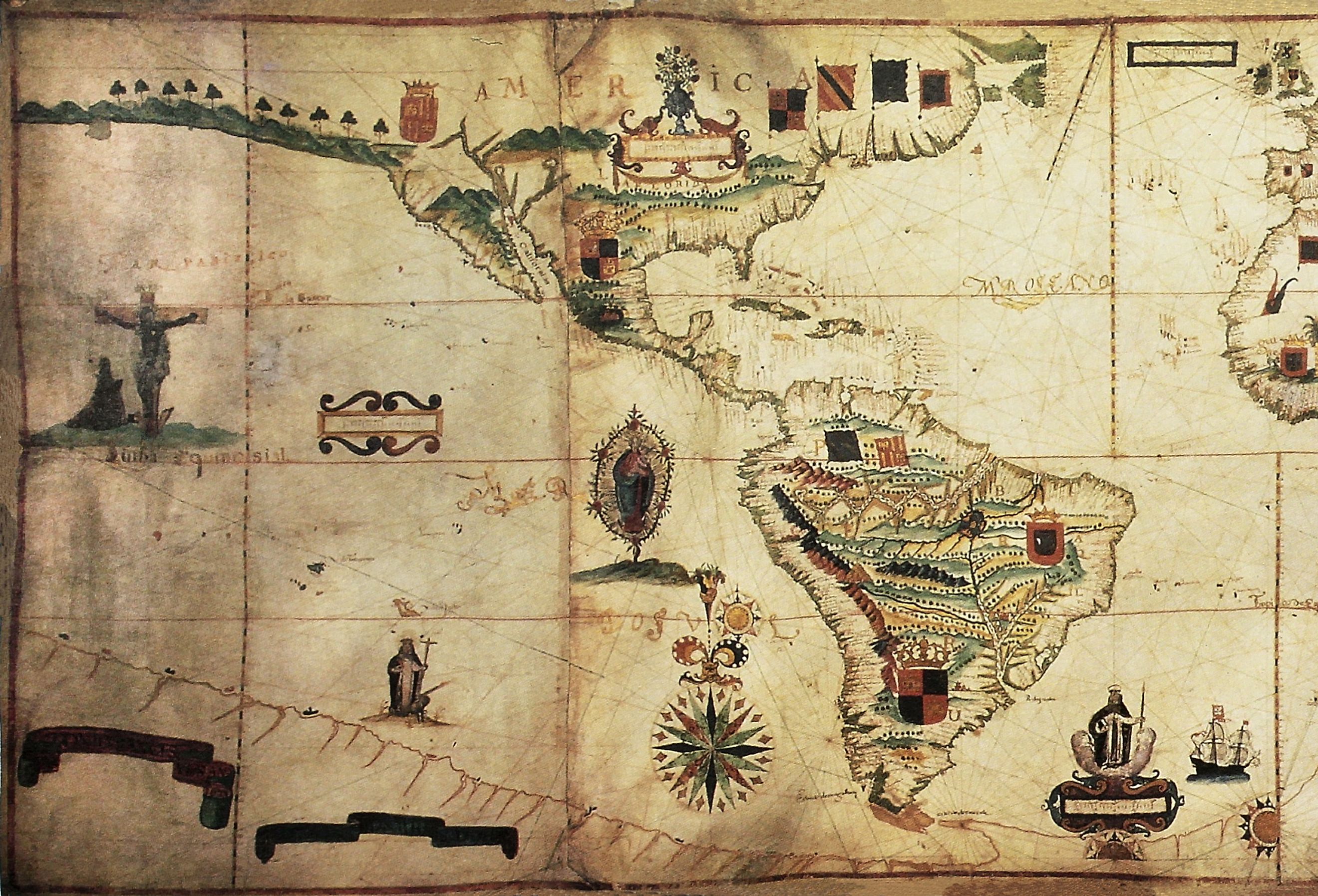
The Portuguese Colonization of the Americas
Today Portugal has sunny cities, delicious food, wine, and stunning natural sceneries. However, in the fifteenth century, Portugal was the leading country in Europe for world exploration. During the fifteenth century, Portugal set the stage for discovering the new world.
The Portuguese were one of the first to colonize the Americas. Some old nautical maps even show that Portuguese sailors discovered the Americas before Columbus. The nautical charts suggest the Portuguese discovered the New World as early as 1424. Portugal successfully colonized South America and unsuccessfully attempted to colonize parts of North America (Newfoundland and Labrador and Nova Scotia in Canada).
Why Did Portugal Colonize?
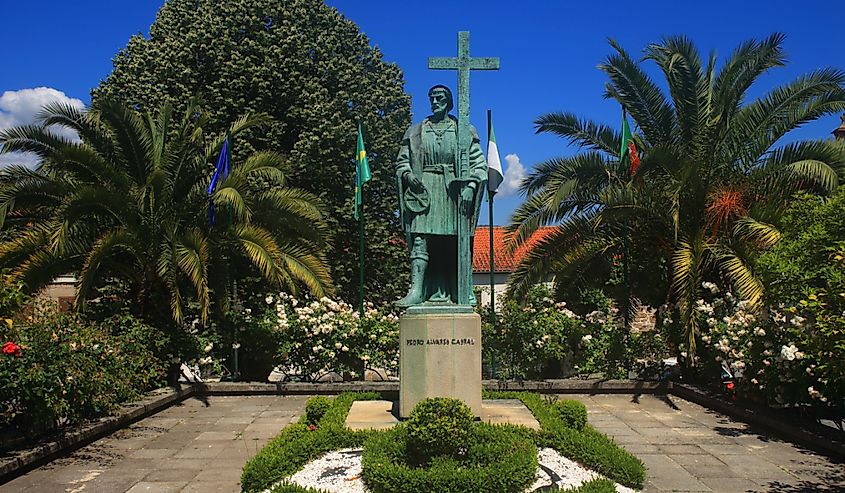
At the time, Portugal had many reasons for colonizing. One reason was to become more powerful. To increase their economic power as a country, colonization provided more opportunities. The Portuguese wanted to create more demand for their products. Portugal started colonies to trade for spices, gold, agricultural products, and other resources. There were also religious motives for Portugal’s colonization, such as spreading Catholicism.
The Treaty of Tordesillas
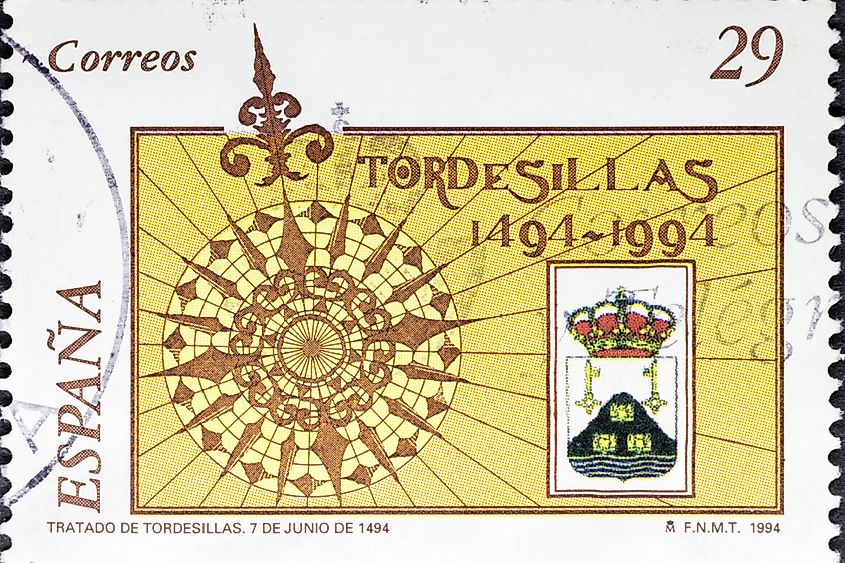
The Treaty of Tordesillas was a treaty made on 7 June 1494, signed in Tordesillas, Spain. The Portuguese and Spanish Empires divided the newly discovered land outside Europe in the treaty.
A meridian of 370 leagues divided the Americas. Leagues were a unit of length in western Europe. In English-speaking countries, a nautical league is roughly equivalent to three miles. The line was between the Cape Verde islands, off the west coast of Africa, and modern-day Cuba and Hispaniola. Lands east of the Meridian belonged to Portugal. Although Spain and Portugal signed and respected the treaty, other European powers did not.
Early Portuguese Exploration of North America
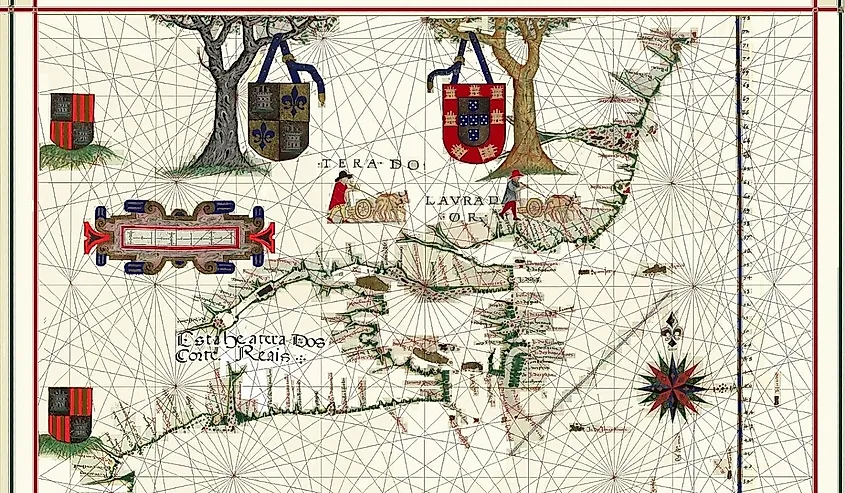
Portugal was unsuccessful in colonizing North America. However, they did have influence over some communities in modern-day eastern Canada. The Portuguese crown claimed it had rights over the area in North America, explored by John Cabot from 1497 to 1498. John Cabot was an Italian explorer commissioned by the King of England who voyaged to the coast of North America. Based on terms from the Treaty of Tordesillas, the Portuguese had rights to parts of North America. Shortly after this, the Portuguese sailor João Fernandes Lavrador visited the Northeast Atlantic Coast, and Greenland.
In 1501 and 1502, the Corte Reál brothers explored and charted both Greenland and Newfoundland and Labrador. The Portuguese empire claimed Greenland and Labrador. Portugal founded a couple of colonies in Canada, including Portugal Cove-St. Philip's, Portugal Cove, and St. John's Island. Canada’s rich fishing opportunities incentivized Portuguese colonization. The abundance of fish prompted King Manuel I of Portugal to create a tax for cod fisheries in Newfoundland. Later, the Portuguese established fishing outposts in Newfoundland. However, Portugal abandoned these efforts to focus on colonizing South America.
Colonization of South America
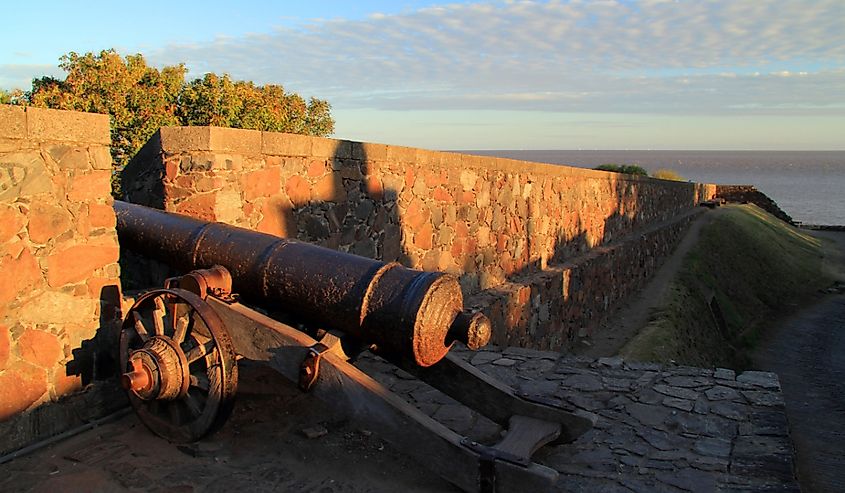
Portugal first discovered Brazil on a voyage headed by Pedro Álvares Cabral. When the ship landed on the coast of Porto Seguro on April 22, 1500, Cabral believed he landed on an island. He named the land Ilha de Vera Cruz (Island of the True Cross).
In 1508, Portuguese captains explored the River Plate estuary, in present-day Uruguay and Argentina. The Portuguese explored and colonized most of Brazil. By 1680 the Portuguese had gone southwards beyond Rio de la Plata, into what is known today as Uruguay.
Permanent residencies in Brazil by the Portuguese started in 1532. Martim Afonso de Sousa founded the city of São Vicente. However, the Portuguese established trade routes before permanent residency. They were exporting goods such as extracted brazilwood, used to dye European textiles.
Establishing Colonies in Brazil
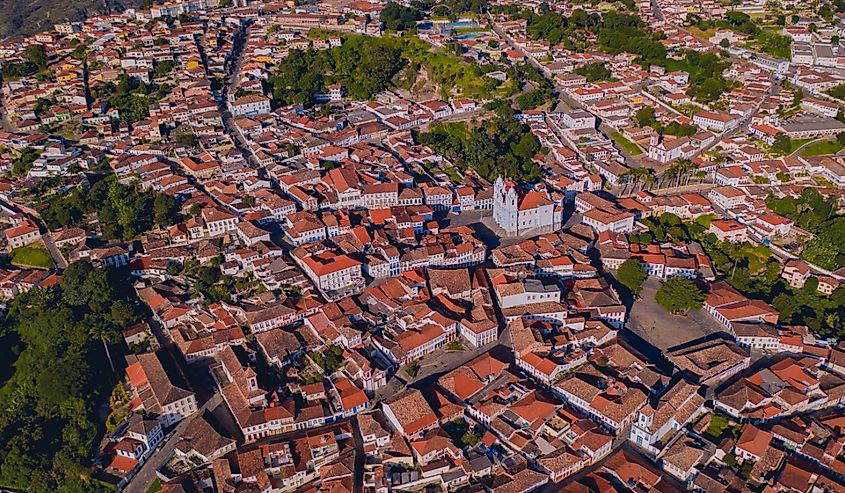
Between 1534 and 1536 there were fifteen captaincy colonies in Brazil. With the establishment of permanent colonies, the sugar cane industry started. To meet the labor-intensive demands of the industry the Portuguese used the slave trade. They used locals and later imported African slaves to grow cash crops such as sugar, tobacco, cotton, and coffee.
Philip II of Portugal decided to divide Brazil into two separate autonomous colonies in 1621, the State of Maranhão and the State of Brazil. From 1630 to 1654 the Netherlands attempted to take control of Brazil, but resigned, giving Brazil's colonies back to the Portuguese. The State of Maranhão changed to the State of Grão-Pará and Maranhão, in 1751. The state had a new capital and government. In 1772, Grão-Pará and Maranhão were spilt into two more states, the State of Grão-Pará and Rio Negro and the State of Maranhão and Piauí.
In 1775 all three Brazilian states, the State of Brazil, the State of Maranhão and Piauí; and the State of Grão-Pará and Rio Negro, merged into one. The states united as the State of Brazil and remained this way until colonization ended in Brazil. Portugal’s colonization lasted until 1822 when Portugal accepted the Brazilian Declaration of Independence.
Legacy
Portugal had influence over some communities in the Americas and established many colonies in South America, particularly Brazil. The impacts of Portugal's colonization are still seen today in South America. The Portuguese created the largest commercial and maritime empire the world had ever seen, extending from South America to the Far East, and along the coastlines of Africa and India.











